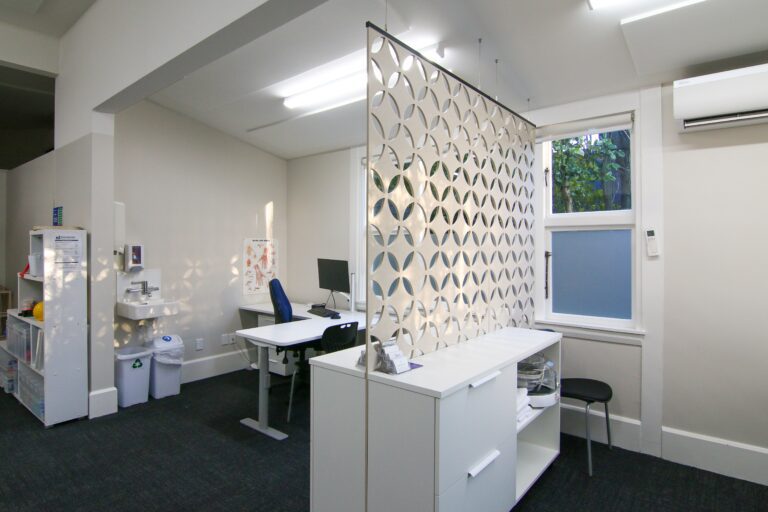Complex regional pain syndrome (CRPS) is a common complication of distal radius fractures (DRF), reported in studies as occurring in up to 25% of cases. It has the potential to turn a usually straight forward injury into a chronic, painful and debilitating condition. Ongoing symptoms and a lengthy rehabilitation period often result in high medical costs.
In a recently published a study (2016) one hospital department showed how they reduced their incidence of CRPS post distal radius fracture from 25% to less than 1% by following the guidelines below.
Optimal Care for Patients with Distal Radius Fracture
- Do not immobilise DRF excessively or unnecessarily.
- Ensure plasters are well-fitting and comfortable avoiding over-flexion, sharp edges and ensuring there is no restriction to MCPJs.
- Encourage hourly full range composite grip/release exercises to control swelling in elevation.
- Encourage light function and attention to limb while in plaster.
- All verbal information given is to be supported with a patient information leaflet.
- Patients reporting tight and/or restrictive plasters should always have their plaster changed.
- Patients requesting repeated change of plaster or reporting ‘claustrophobia in plaster’ to trigger immediate referral to a hand therapist
Early diagnosis and treatment are important in order to prevent CRPS from developing into the later stages. Active exercise that emphasises normal use of the affected limb is essential to gaining permanent relief of this condition. Hand therapy is important in helping patients regain normal use patterns and medications and other treatment options can reduce pain, allowing the patient to engage in active exercise.
The Merivale Hand Clinic is experienced in managing CRPS and has a number of special equipment items that can assist in the management and rehabilitation of patients experiencing this condition. We welcome referrals for patients with CRPS and acknowledge that early referral for patients with CRPS is preferable.




